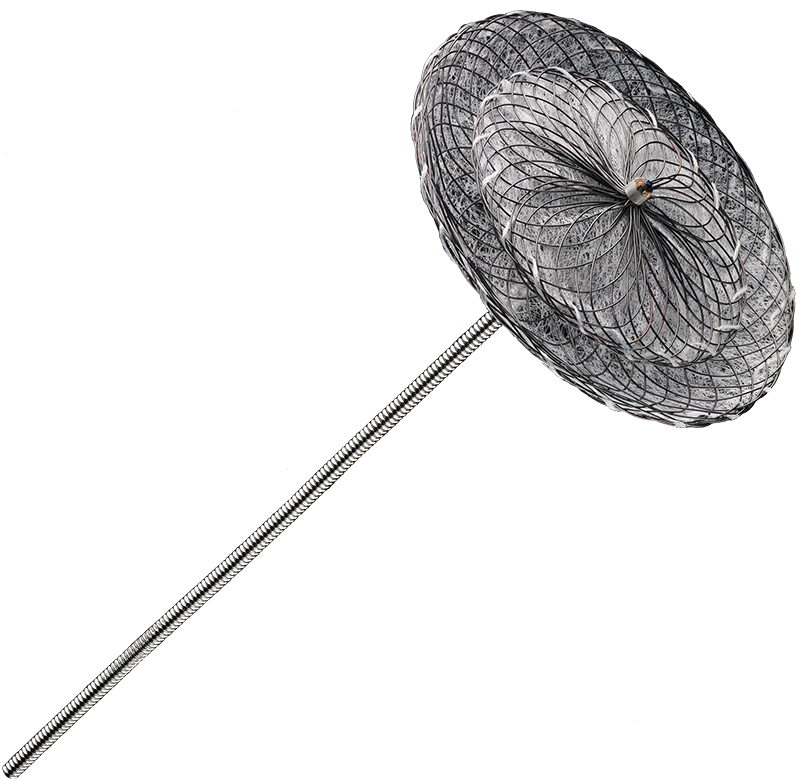A new minimally invasive procedure to close a hole in a patient’s heart without open-heart surgery is now available at UConn Health’s Jim and Pat Calhoun Cardiology Center.
As babies develop in the womb, they have a necessary hole in the wall between their upper heart chambers, known as patent foramen ovale (PFO), which allows blood to bypass the lungs until they are ready to start working at birth.
For most people, the opening closes naturally. But for one quarter of the population it remains partially open, allowing blood to leak between the heart’s left and right chambers, which can sometimes lead to stroke, migraines, or shortness of breath.
I woke up from the procedure feeling great, and left the hospital the very next day with my full energy level restored. — Barbara Graham
Using a tiny device called the Amplatzer PFO Occluder, which was developed by St. Jude Medical, Dr. Juyong Lee, UConn Health’s director of endovascular interventional medicine, can plug the opening.
Until recently, Barbara Graham, 75, a painter from upstate New York was among the one quarter of the population with PFO.
Four years ago, she suffered a stroke several days after knee surgery. She also began experiencing unexplained shortness of breath and fatigue, causing her to need supplemental oxygen and additional sleep in the middle of the day.
Graham and her doctors were puzzled by her debilitating illness.
“I was always very active and an athlete back in the day from playing lacrosse, hockey, and being a dancer,” she says. “I couldn’t stand up for more than an hour and had trouble going up stairs. I really thought I would be handicapped for the rest of my life.”
Graham’s large PFO was discovered this year with an echocardiogram. In addition, UConn Health pulmonologist Dr. Raymond Foley diagnosed her with Platypnea-orthodeoxia, a clinical syndrome causing shortness of breath and lower oxygen levels. This unusual diagnosis and the risk of recurrent stroke also led her from upstate New York to Connecticut and UConn Health to avoid traditional open-heart surgery to fix the opening.

This past fall, in the Cardiac Catheterization Laboratory at UConn Health, Lee implanted the PFO closure device by inserting a thin catheter tube through the vein in her groin to her heart. Advanced imaging with a transesophageal echocardiogram successfully guided him in placing the device inside the hole.
“I woke up from the procedure feeling great, and left the hospital the very next day with my full energy level restored,” says Graham. “I’m delighted. I don’t need any more oxygen, and can do my full daily activities without having shortness of breath. It’s a pretty dramatic difference, and an amazing result.
“Now I have my life back.”
For more information about UConn Health’s Pat and Jim Calhoun Cardiology Center visit: http://health.uconn.edu/cardiology.



